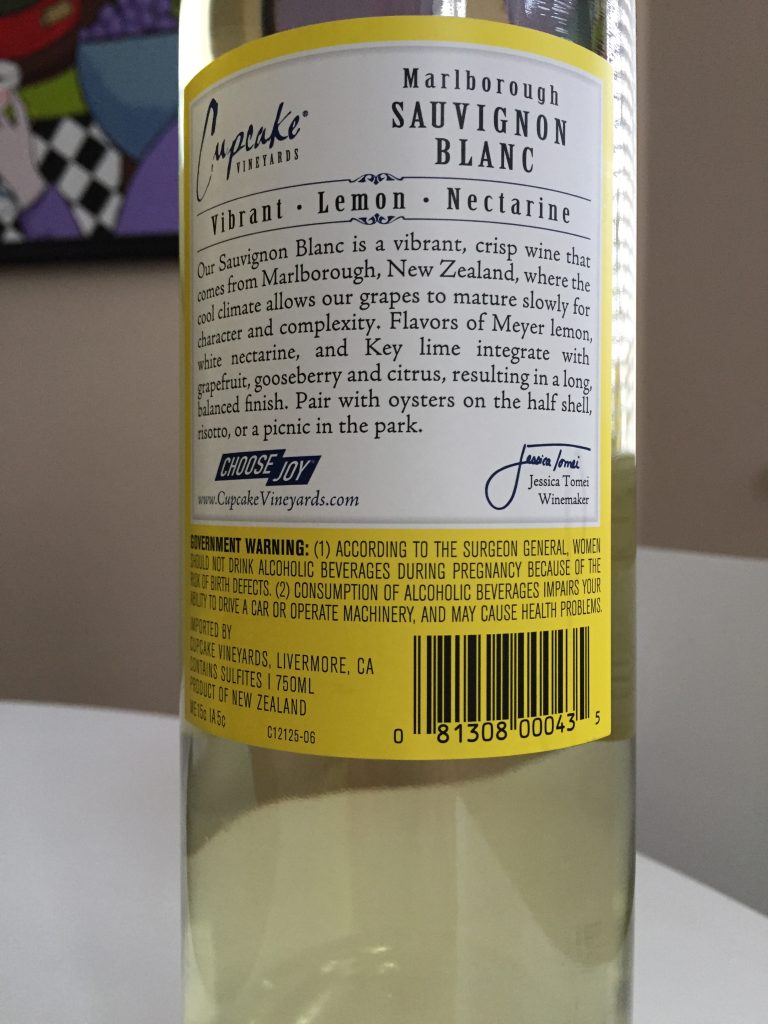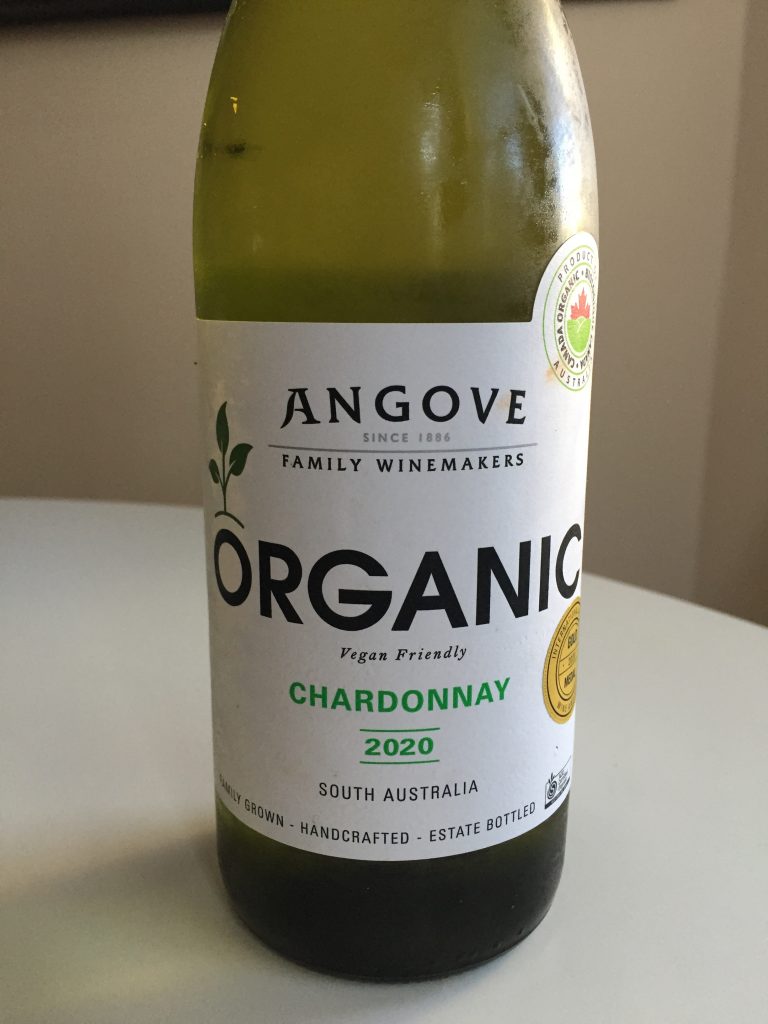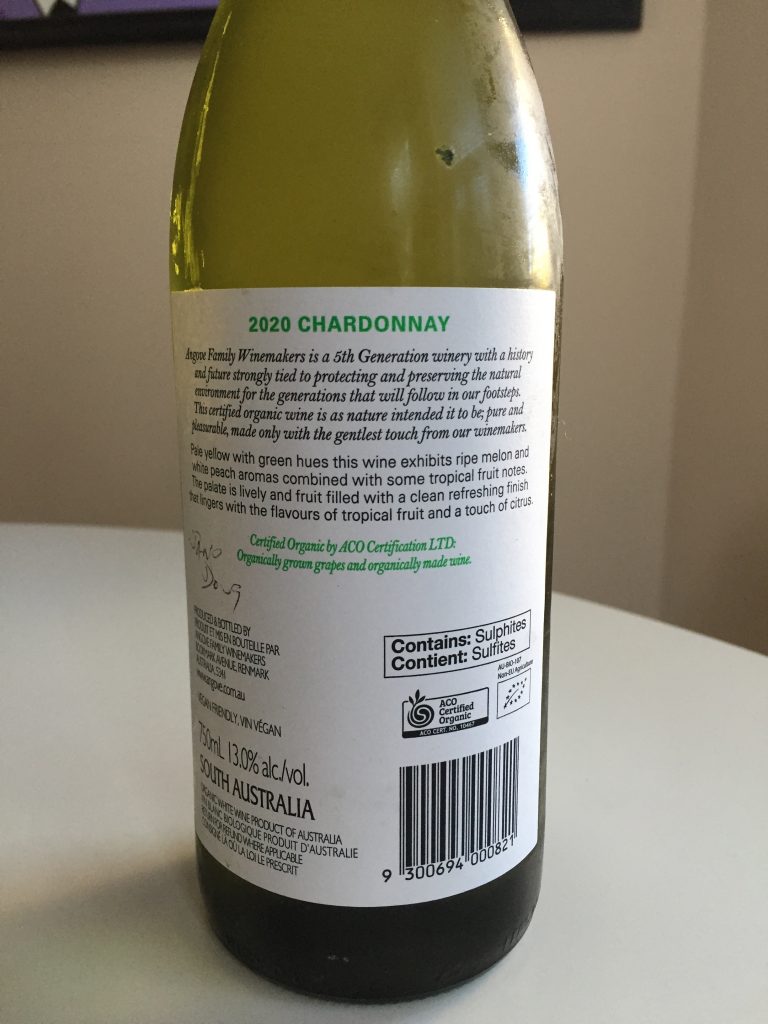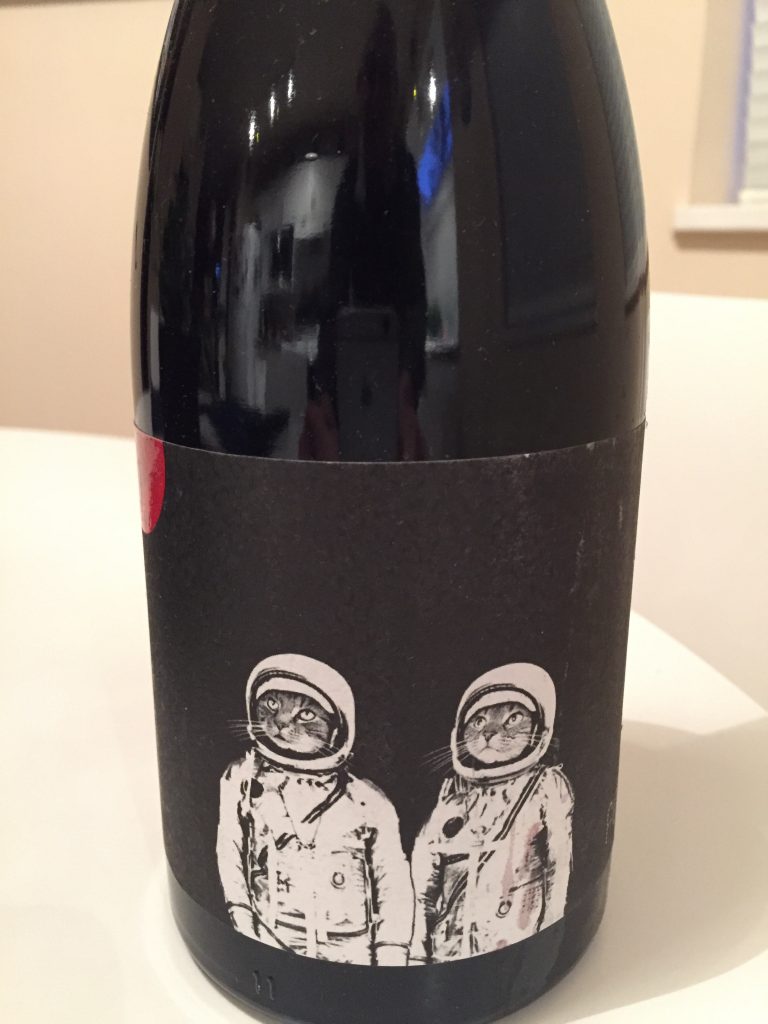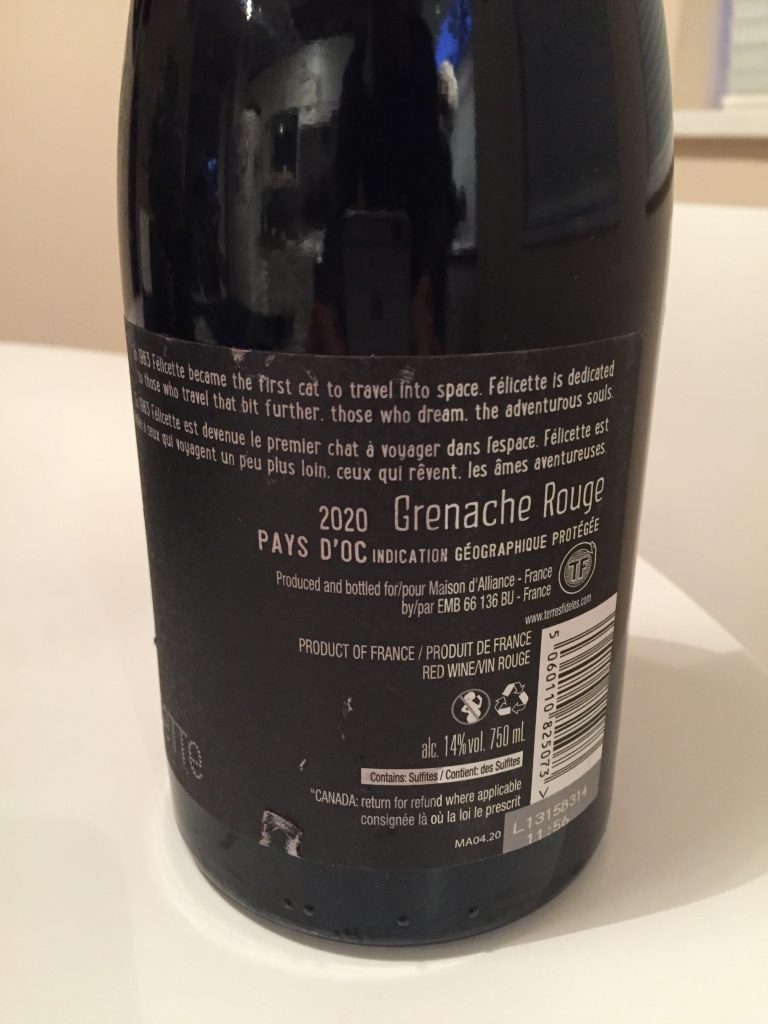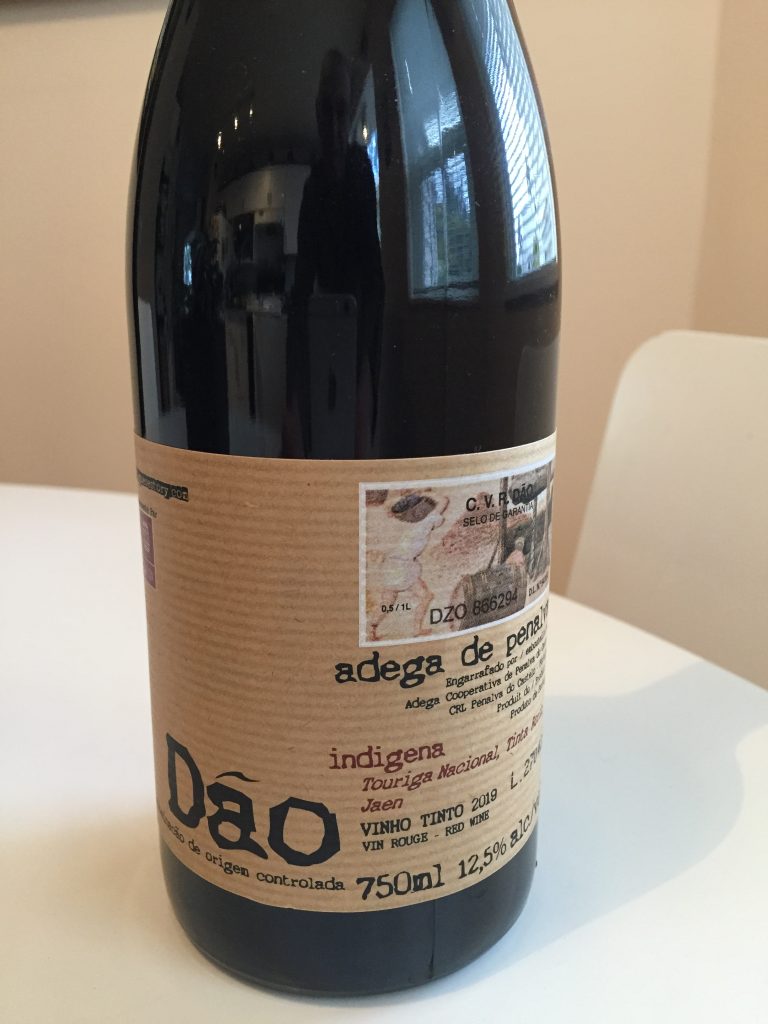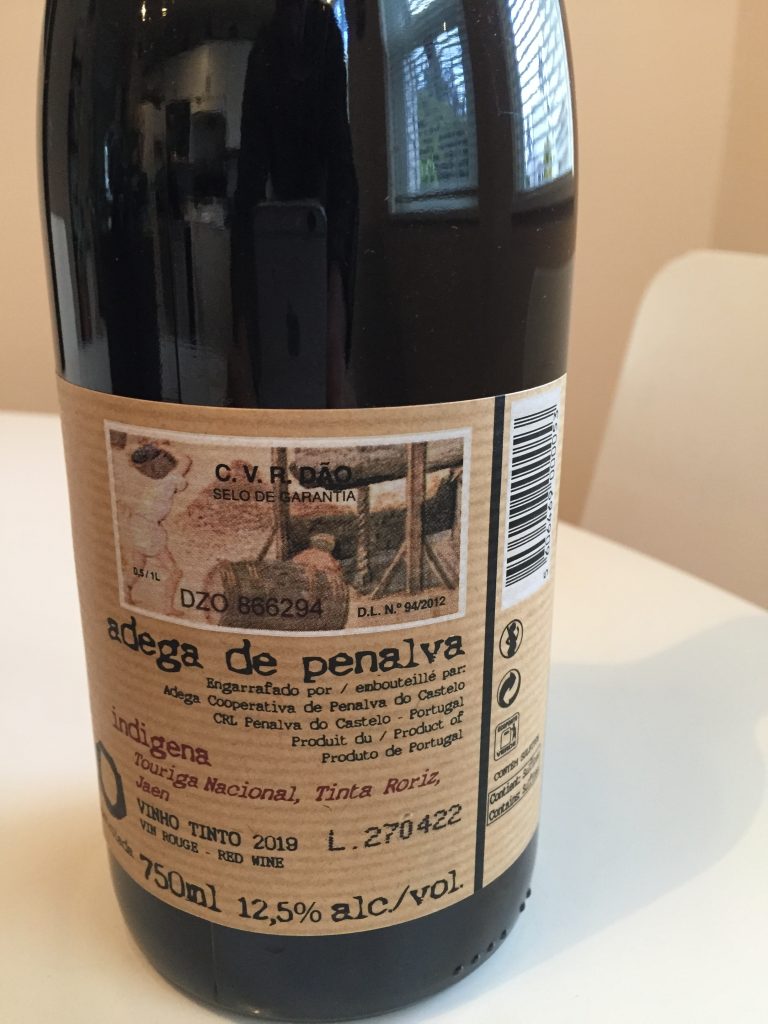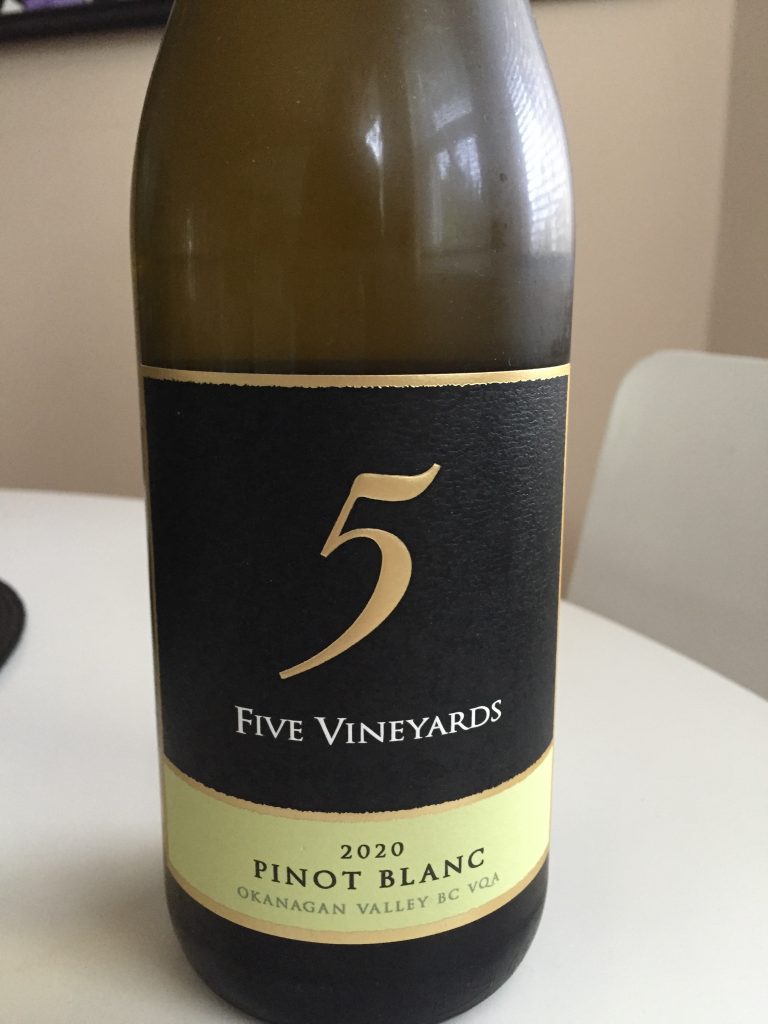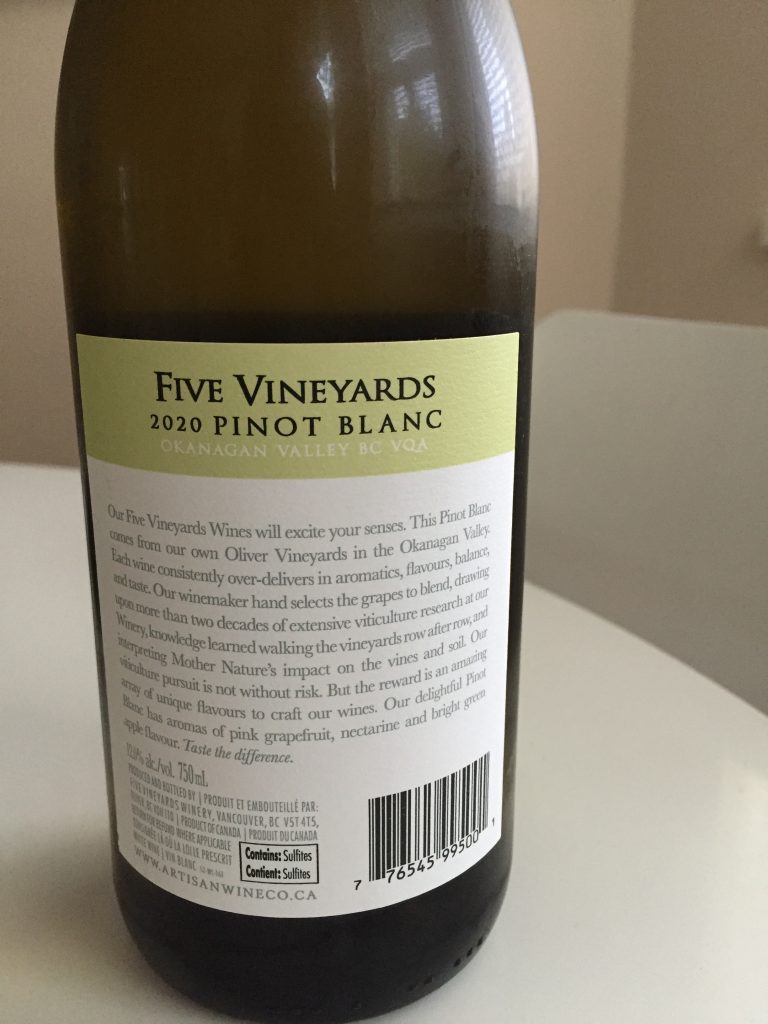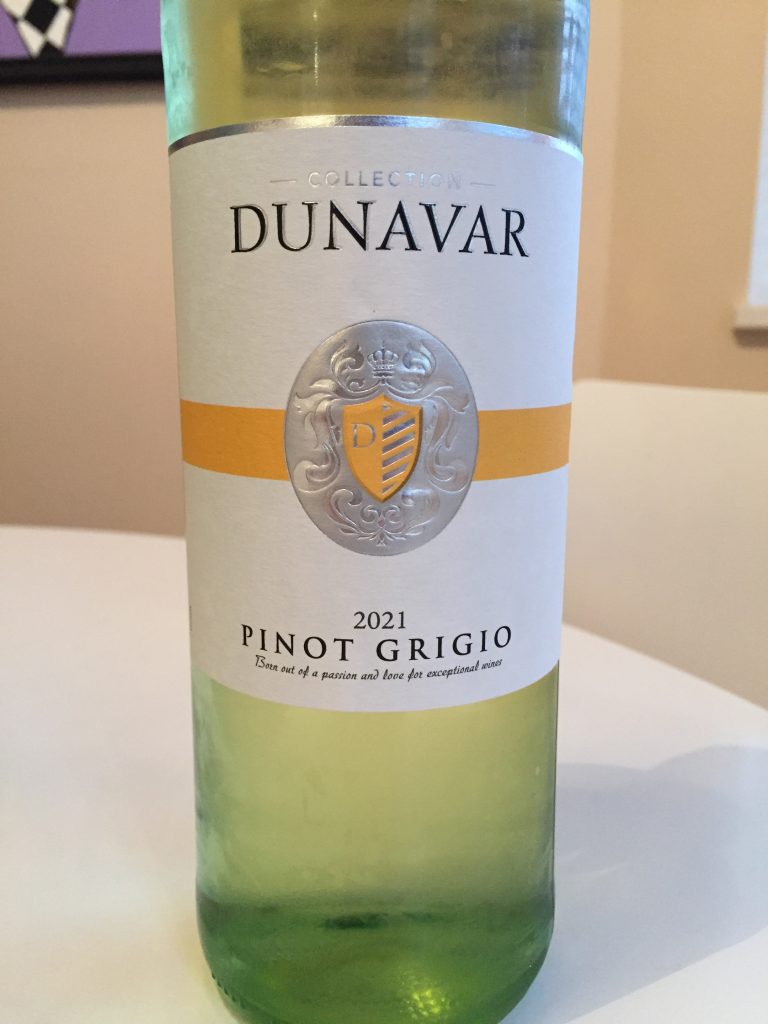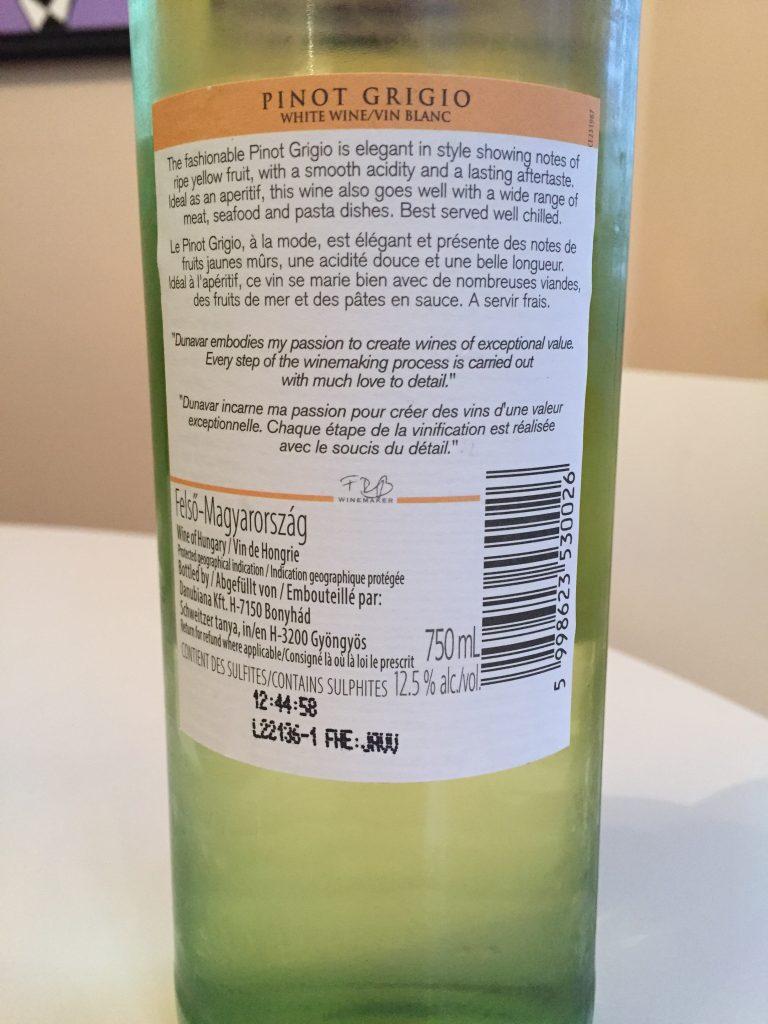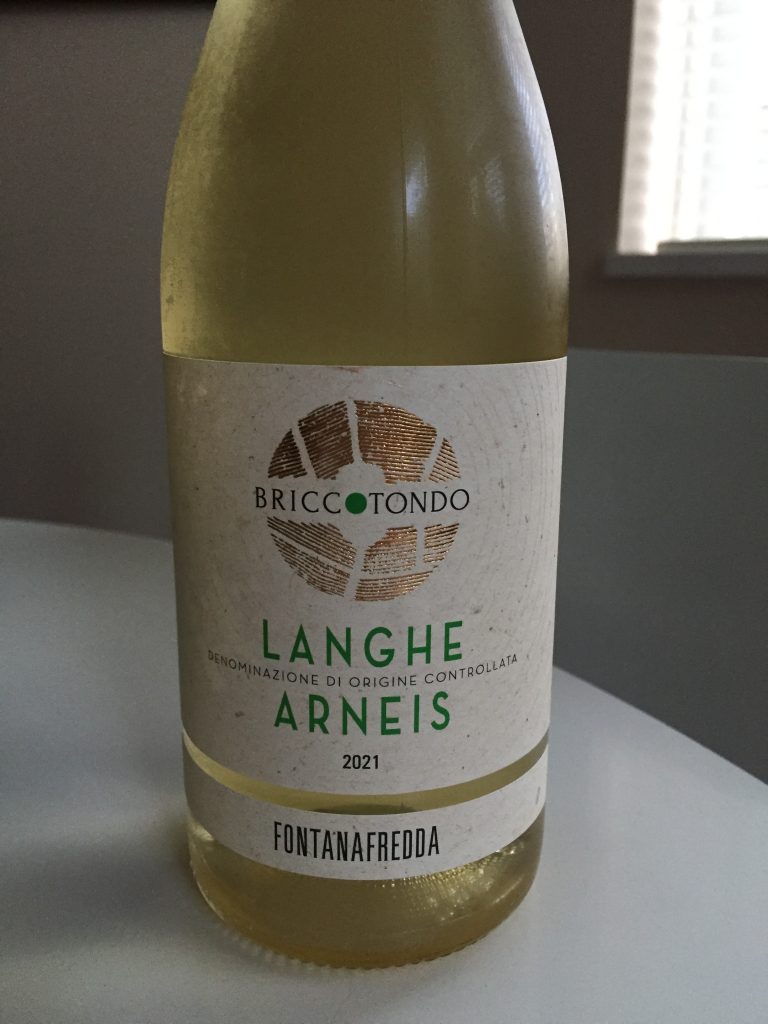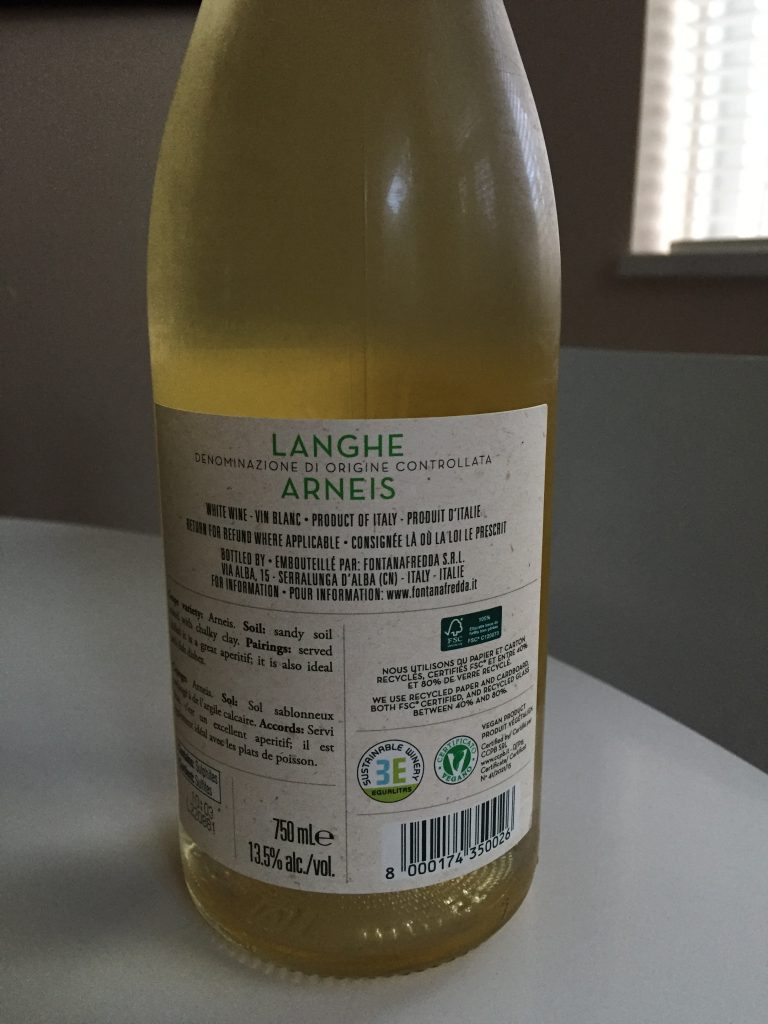Elevation prevails in Argentina thanks to the magnificent Andes, the north-south backbone of the South American country, whose 2,361 mile-length bestows diverse terroir upon the world’s fifth-largest wine producer. Centrally located Mendoza, whose vineyards are framed by icy peaks then irrigated by their meltwater, is key given that it produces 76 percent of all Argentine wine, and vineyards are cultivated between latitudes 23° and 45°. The country’s terroir includes the Andean foothills, as well as Mars-like canyons and mountains; Argentina’s highest vineyard tops out at a mind-blowing 10,922 feet above sea level. While vitis vinifera grapes have been cultivated since the mid-1500s, today’s pioneers are also exploring the Atlantic coast, prairies and cooler climes in Patagonia.
Home to 480,658 acres cultivated across 23,278 vineyards by 1,247 wineries in 51 regions, high-alcohol reds are no longer the norm in Argentina. Over the past two decades, winemakers have been interpreting this diversity to create world-class vintages that go beyond Malbec, the region’s seminal variety. Aromatic Torrontés, electric Chardonnay, exciting Pinot Noir, adaptable Cabernet Franc, fruity Bonarda, and revived interest in old-vine Criollas have been setting the pace for winemakers across the country. Popular styles include trendy skin-contact Pét-Nats and traditional method sparkling wine, as well as cellar-worthy and easy-drinking reds and whites. Argentina has two DOCs, both in Mendoza, but more than 100 Geographical Indications (IGs).
Thanks to its seductive Andean landscape, Mendoza is a year-round destination for aficionados and snow bums. Find out what to savor from Argentina’s fascinating, elevated terroir in this geographical guide.
Mendoza
The leader of the Cuyo region’s three provinces that also encompasses San Juan and La Rioja, Mendoza is Argentina’s wine making powerhouse. An industry pioneered by French agronomist Michel Pouget in 1853, he introduced varieties he knew best like Semillón, Merlot, and Cabernet Sauvignon, but also saw potential in the underappreciated Malbec grape, which is Argentina’s undisputed leading star.
Five regions — Primera Zona, Uco Valley, Northern Oasis, East, and South — cultivate 76 percent of Argentina’s vineyards. Elevation starts at 1,411 feet above sea level and tops out at 6,562, ensuring wide thermal amplitude and soil profiles ranging from clay to stony alluvial. That’s the magic of Mendoza, according to Alejandro Vigil, president of Wines of Argentina and director of production, vineyards and wineries at Catena Zapata.
“Mendoza stands out because, due to our mountainous location, it classifies anywhere from I to IV on the Winkler climate index: we can cultivate cool-climate Pinot Noir at higher elevations but also Bonarda in warmer areas,” he says. Primera Zona is formed by Luján de Cuyo and Maipú districts, the former fondly known as Malbec heartland and holds one of Argentina’s two denomination of origin designations. Notable Luján sub-districts include Las Compuertas and Agrelo IGs. Uco Valley’s proximity to the Andes and higher elevation, meanwhile, makes it hospitable to new-found expressions, fresh acidity and buoyant fruit flavors allowing for fantastic, cellar-worthy vintages; recent 100-point scoring Uco-sourced wines include Zuccardi Finca Piedra Infinita Gravascal Malbec 2018 and 2019, Per Se Uni del Bonnesant 2019 and Catena Zapata White Bones Chardonnay 2018.
“Malbec gives different aromas and flavor profiles, adapting to where it’s cultivated and the elevation, solar irradiance, temperature and soil. Warmer regions give red fruit and lower acidity while cooler regions proffer black fruit and high acidity — but they all tally up with Malbec,” adds Vigil. Last year, Catena Institute of Wine released a ground-breaking 23-terroir study proclaiming this red’s versatile character.
Vigil praises Cabernet Franc for being more adaptable than Malbec: “Besides its freshness, herbaceousness and high acidity at elevation, it also concentrates red fruit in warm zones that Malbec doesn’t obtain.” As for whites, Uco Valley is also igniting palates with Semillón, Chardonnay and Sauvignon Blanc, says Diego Morales, vineyard manager at Bodegas Salentein. “Chardonnays cultivated at 4,592 feet above sea level in San Pablo IG have notable nerve with unique floral, herbaceous and citrus notes, and very good balance and acidity: their 20-year aging potential is incredible,” he says.
Salta and Jujuy Provinces
In northwest Argentina, Salta’s winemaking heart is Cafayate, located 5,521 fasl in Calchaquíes Valley. Jesuit missionaries produced mass-approved wine in the region long before Colomé — Argentina’s oldest bodega — was crushing grapes in 1831. While Malbec’s black fruit profile includes red bell pepper and spices, Torrontés and Tannat have also adapted to this elevated region, the former an aromatic Criolla, known as Argentina’s flagship white, whose jasmine aroma pairs with beef empanadas and spicy dishes.
“I’m an advocate for Salta’s high-elevation Torrontés, as it’s an underappreciated and exotic white,” says Valeria Gamper, the Argentine who won ASI’s Best Sommelier of the Americas 2022. “Once people try Torrontés, they are easily captivated.”
As for Tannat, wineries with a contemporary approach such as El Porvenir de Cafayate pick early to ensure fresher vintages in this usually tannic red. Further north in Jujuy, the Quebrada de Humahuaca IG harbors Uraqui Wine, the Americas’ most elevated vineyard at 10,922 fasl. Although just 123 acres are cultivated in the Quebrada, this cool region is exciting consumers with its herbaceous and well-structured vintages. Diana Bellincioni, winemaker at Mil Suelos in Huichaira notes that Syrah is meaty yet mineral with black fruit, and retains good acidity. In order to rekindle interest in Criolla varieties, Bellincioni also makes a Chica, Criolla Grande and Moscatel blend for her family’s Bodega Kindgard, which she calls “honest and simple with lots of fresh, red fruit and just 12% alcohol.”
Patagonia
This remote region associated with a majestic landscape painted with fjörds and icebergs is also home to beautiful wines. Chubut, Río Negro, La Pampa and Neuquén are the provinces that currently form Patagonia’s vast terroir, and what these regions lack in elevation, they make up for in extreme climate. Pinot Noir has adapted well and is cultivated in each province; vintages from Bodega Chacra in Mainqué, Río Negro, are truly world class. Sarmiento in Chubut, meanwhile, is home to Otronia, the world’s most southern winery, and the alluvial limestone and lacustrine clay from nearby Lake Musters create fascinating wines.
“It’s a first working with soils left behind by receding waters, and our Chardonnay, Gewürztraminer and Pinot Noir have excelled,” says Otronia’s head winemaker Juan Pablo Murgia. “[We’ve seen] fantastic natural acidity and freshness, as well as interesting aromatic profiles.”
Buenos Aires Province
The prairies that extend west and south of the eponymous capital and converge with the Tandilia mountains are home to Balcarce, Argentina’s newest IG, which was approved in July 2022. Chardonnay, Albariño and Pinot Noir are cultivated at Bodega Puerta del Abra, and at Costa & Pampa in nearby Chapadmalal, resulting in wines with refreshing – and pleasantly surprising – maritime influence and an average 12% ABV.

